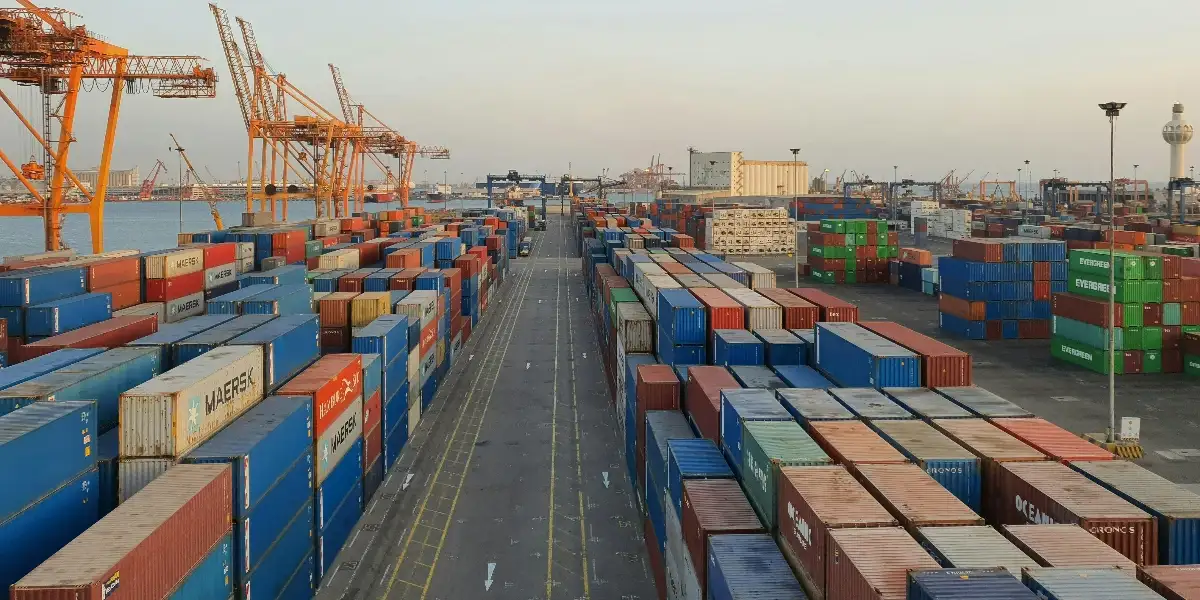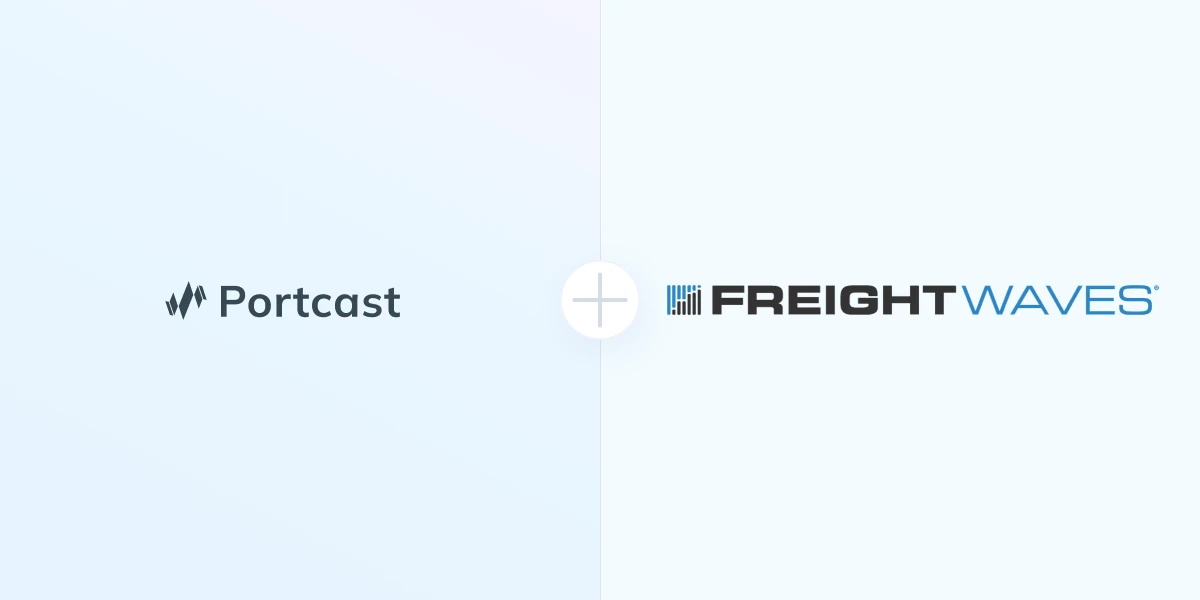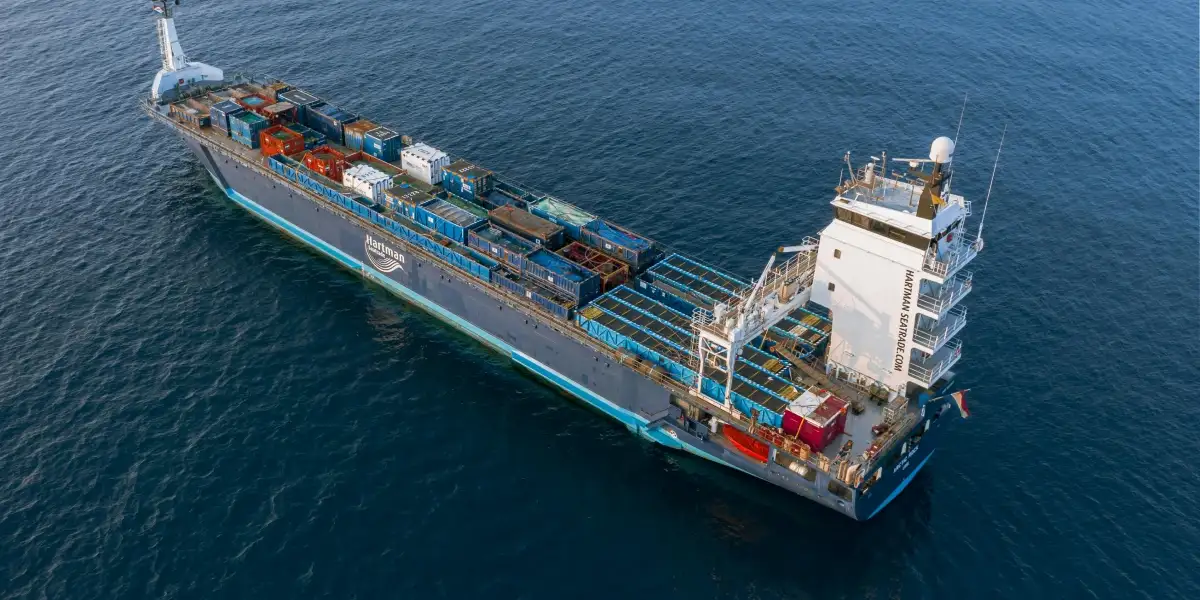In 2019, Hapag-Lloyd LIVE successfully introduced real-time container monitoring to its reefer fleet. Hapag-Lloyd recently announced that it would equip its entire container fleet of 3 million TEU containers with real-time tracking devices by 2023.
While various players in the industry have introduced RFID-enabled containers, this feature was restricted to only a certain portion of their reefer container fleet, which carried extremely high-value cargo, and also mostly charged directly to shippers.
This makes Hapag-Lloyd the first container carrier to equip all containers with real-time tracking technology, marking a paradigm shift and setting a new benchmark in the industry.
Deploying the entire container fleet with IoT will likely also bring cost benefits for shippers, which is a great step forward towards making shipping a ‘connected industry’ in the future.
How the Technology Works
The IoT device transmits real-time data on diverse parameters, integrating the latest energy harvesting technology and low-power consumption techniques to ensure long lifetimes even with high-frequency data transmission.
Capable of supplying location data, temperature readings, and monitoring sudden shocks to the container, and damage to the cargo (eg. fire or theft situations), these devices are expected to enable cargo visibility, safety and integrity.
Hapag-Lloyd has partnered with Nexxiot AG, an established Tradetech player, starting this summer, as well as with ORBCOMM, a global leader in IoT solutions, starting later this year.
It is pertinent to note that AIS satellite data provides the geolocation information when the containers are on the vessel; however, in certain areas, AIS data might go blank, or as soon as the container is off the vessel, the geolocation tracking isn’t available, which is where data captured by real-time tracking sensors helps complete the picture.
Advantages for Both Shippers and Carriers
The current high freight-rate scenario is primarily driven by global supply chain disruptions rather than a demand-supply mismatch. With shipping reliability and cargo delivery times at historically low levels, shippers and importers lack visibility on the status of their shipments, making inventory planning difficult. It is to ensure against this uncertainty that shippers are willing to pay exorbitant premiums.
IoT addresses this problem by facilitating better visibility at all stages in the transportation process. Also, the superior quality of data vastly further improves the opportunity for predictive visibility on the arrival time as well as the condition of the cargo until it reaches its final destination.
Real-time tracking functionality empowers carriers and shippers with information on the status and location of their cargo at all stages in the transport chain. This enables them to better plan their supply chains, inventory levels, and onward transport far better than was previously possible. This transparency and the consequent supply chain optimization help shippers reduce their transport freight spending.
Other significant advantages of IoT include:
- Enhanced ability to track reefer container temperatures and arrange repair and maintenance if the reefer unit should malfunction
- Monitor shocks to the container to identify sources of cargo damage during transit
- Knowing the precise location of the container will reduce the labour and time costs of searching for containers in the port premises or container yards, facilitating faster handling and delivery of cargo.
- Higher customer satisfaction levels due to increased visibility.
- IoT is critical in filling gaps in data that have existed in traditional data collection methods, thus facilitating quality analysis. Also, relying on multiple sources of data helps ensure that the data is more reliable and trustworthy and that conclusions derived therefrom have a higher confidence margin.
More data accentuates the need for predictive analytics
Improvement in data quality is not an end in itself. The benefits of better data can be multiplied manifold by processing it into actionable and value-added insights.
Augment with external disruptions data: Live location does not give an idea of the delay that is expected in situations such as port congestions. There are still some technological advances that must be made in order to improve supply chain planning. In addition to real-time tracking data, it’s crucial to capture data that would help work around external disruptions such as geopolitical situations, adverse weather, route changes, etc. In the past, we have witnessed the ripple effects of singular disruptions, such as the blockage of the Suez Canal or the lockdown of the COVID system in China.
Predictive visibility: Further improvements in supply chain efficiency can be achieved by utilizing technologies like machine learning that can better predict delay outcomes. An improved geolocation data system, with few dark spots and faster real-time updates, will allow for higher accuracy in predictions of important container events ie arrival times, transhipment delays etc.
Wider ecosystem data opportunities: Utilize live tracking data to generate higher value by integrating it into a larger ecosystem. Data from ports, customs and other sources are combined to provide a more comprehensive view of container shipping.
Exception management & alerts: IoTs provide live location and cargo integrity data which can create value by setting up AI-based smart exception alerts and industry benchmarking analysis.
Here at Portcast, we develop digital solutions that make container visibility available for everyone at a granular level, accurately predict container arrival times, and forecast cargo demand to support business needs.

Our software complements container tracking data with information on external factors such as weather, port congestion, political disruptions and port closures. The incorporation of both internal and external factors completes the picture and allows for more accurate predictive suggestions.
Contact us to learn what data insights we have for your tasks.







